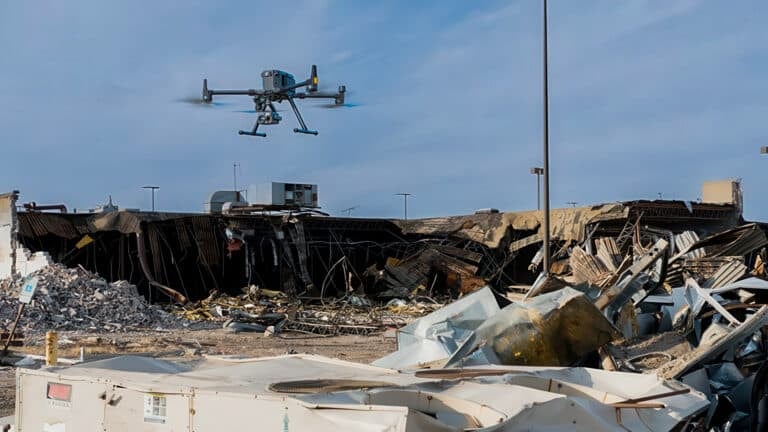FAA Clarifies Drone Lighting Requirements and Common Questions Amid Rising Public Interest

The Federal Aviation Administration has released new guidance addressing common questions about drone lighting, UAS operations and nighttime flying requirements, as public interest and concerns about unmanned aircraft continue to grow. The comprehensive update arrives as communities across the United States report increased drone activity in their areas.
FAA Video Address Drone Lighting Rules
Night Flying Requirements Set Clear Standards
For nighttime operations, the FAA mandates that drones must be equipped with anti-collision lighting visible for at least three statute miles. This requirement aligns with broader aviation safety standards, though drone lighting configurations differ from traditional aircraft. While conventional aircraft utilize red and green navigation lights along with white strobes, drone pilots often incorporate additional orientation lights to maintain directional awareness during night flights.
The distinction matters because public confusion between drone and aircraft lighting has led to misidentified sightings. Traditional aircraft display a standardized pattern: red and green wingtip lights combined with white strobes and a flashing red beacon. Helicopters follow similar protocols, though their navigation lights typically mount on the fuselage rather than wingtips.
Registration and Certification Requirements
The regulatory framework for drone operations maintains strict standards for both recreational and commercial pilots. All drones weighing more than 0.55 pounds must be registered with the FAA, with registration numbers visibly displayed on the exterior of the aircraft.
Note: Drones weighing less than 0.55 pounds still need to be registered with the FAA when flown commercially.

Recreational flyers must complete a basic safety knowledge test, while commercial operators require a drone pilot certificate. Commercial operations, including videography and news gathering, fall under the Small UAS Rule, which imposes additional requirements beyond those for recreational pilots.
Operational Limitations and Legal Considerations
The FAA maintains clear boundaries regarding drone operations. The 400-foot ceiling remains standard for most locations, though flying near airports requires explicit FAA authorization. Notably, the administration prohibits drone flights over designated national security facilities, certain military installations, and areas under Temporary Flight Restrictions.
Addressing growing privacy concerns, the FAA clarifies that while it doesn’t regulate privacy directly, local laws may apply to drone operations. The agency emphasizes that shooting down drones is illegal under federal law, regardless of their location relative to private property. Such actions could result in civil penalties and criminal charges, as disabled aircraft pose significant safety risks to people and property below.
The guidance demonstrates the FAA’s ongoing efforts to balance the integration of unmanned aircraft into national airspace while maintaining safety and addressing public concerns. As drone technology continues to evolve, these regulations provide a framework for both operators and communities to understand their rights and responsibilities in shared airspace.
Discover more from DroneXL.co
Subscribe to get the latest posts sent to your email.
Check out our Classic Line of T-Shirts, Polos, Hoodies and more in our new store today!

MAKE YOUR VOICE HEARD
Proposed legislation threatens your ability to use drones for fun, work, and safety. The Drone Advocacy Alliance is fighting to ensure your voice is heard in these critical policy discussions.Join us and tell your elected officials to protect your right to fly.
Get your Part 107 Certificate
Pass the Part 107 test and take to the skies with the Pilot Institute. We have helped thousands of people become airplane and commercial drone pilots. Our courses are designed by industry experts to help you pass FAA tests and achieve your dreams.

Copyright © DroneXL.co 2025. All rights reserved. The content, images, and intellectual property on this website are protected by copyright law. Reproduction or distribution of any material without prior written permission from DroneXL.co is strictly prohibited. For permissions and inquiries, please contact us first. DroneXL.co is a proud partner of the Drone Advocacy Alliance. Be sure to check out DroneXL's sister site, EVXL.co, for all the latest news on electric vehicles.
FTC: DroneXL.co is an Amazon Associate and uses affiliate links that can generate income from qualifying purchases. We do not sell, share, rent out, or spam your email.



















